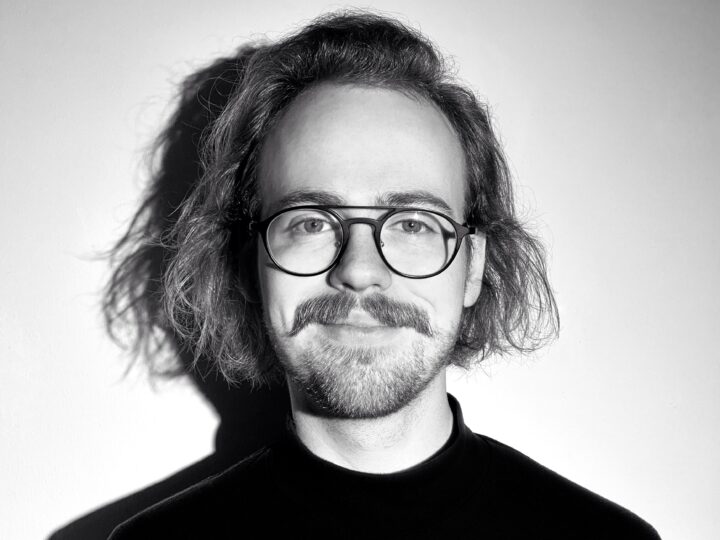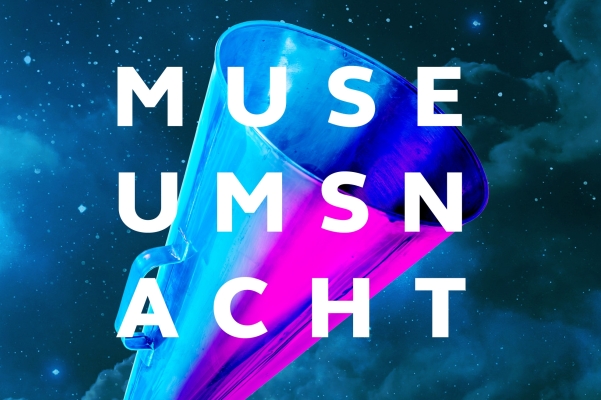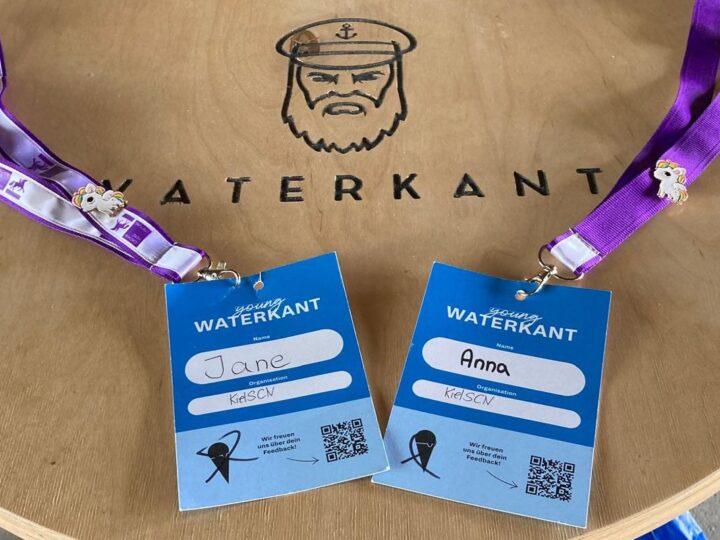Kiel receives Center for Science Communication Research
Bringing together research, design and practice to visualize health issues
Sharing scientific findings with the public in an understandable and effective way – that’s what the new Center for Science Communication Research in Kiel aims to explore. To do so, the players involved are relying on an interdisciplinary network that brings together the specialist expertise of Kiel University (CAU), the Leibniz Institute for Science and Mathematics Education (IPN) and the Muthesius Academy of Fine Arts and Design (MKH) under the roof of the Kiel Science Communication Network (KSCN).
The network wants to investigate how complex information can be visualized in a tangible way. Together with citizens, it also wants to develop new formats tailored to target groups, initially on health topics. Over the next five years, the Volkswagen Foundation is funding the joint project with around four million Euros. The Norddeutscher Rundfunk (NDR), the magazine Spektrum der Wissenschaft, the video channel Kurzgesagt, opencampus and the city of Kiel are involved as practical partners.
Focusing on topics from the life sciences and medicine
The goal of the KSCN is to develop new approaches to science communication that focus on the visualization of information and its perception. The content focus is on topics from the life sciences and medicine. “Not least the current pandemic situation has shown that questions from this area are always accompanied by strong emotional reactions, fear and mistrust,” explains Professor Hinrich Schulenburg, a member of the Kiel Life Science (KLS) research focus at CAU. “The topic of health builds a great bridge between Kiel’s research focus areas and the questions of the population. With the help of visualizations, it can be possible to make the complexity of scientific content accessible to a broad audience.”
Involving all participating partners and stakeholders
CAU President Professor Simone Fulda adds, “Kiel University is characterized by excellent trans- and interdisciplinary research. I am particularly pleased that the KSCN integrates all CAU research foci in its work. In this way, together with all partners, we also want to raise Kiel’s science communication to the next level of excellence.”
To achieve this, the network takes an approach that systematically involves all participating partners and stakeholders in the process. The design of visuals in the KSCN is developed collaboratively by subject matter scientists, media and information designers, science communication researchers, and partners from the field.
Involving the public, students and junior researchers
“This collaboration ensures that our designs are sound, innovative and practical at the same time,” says Professor Tom Duscher of Muthesius Academy of Fine Arts. “In a second step, non-specialist users from the public and education sectors test the visualizations. This gives the target group an active voice and we can optimally incorporate their questions and experiences very early in the process.” In addition to established facilities such as the Muthesius Transfer Park, the art academy also provides the artistic and creative resources for this. Based on the collaboration in the KSCN, a new master’s focus on visual science communication is to be introduced, as MKH President Dr. Arne Zerbst reports: “We are pleased that we can help inspire career paths in this field by establishing the new focus.”
Researching the emotional impact of visualizations
Long-standing expertise from the IPN, for example from its work in the Kiel Science Outreach Campus (KiSOC), complements the network in the fields of science communication research, educational research and psychology. One focus is on researching the emotional impact of visualizations as well as on involving and promoting the next generation of scientists and the general public. For example, interdisciplinary workshops will help young researchers learn the tools for creating visualizations and develop an understanding of how science can be successfully communicated.
Adressing those who otherwise have little contact with science communication
“Besides figuring out which communication measures work particularly well for different target groups, we also want to look at the emotional component. It is also important to us to sensitize budding researchers to science communication,” says Professor Ilka Parchmann, spokesperson for the Science Communication and Talent Development research line at the IPN. This also results in new career options for researchers at the interface of science and society. “Another concern of ours is to also address people who otherwise have little contact with science communication through participatory formats such as interactive exhibitions or pop-up events in downtown Kiel.”
“Informing society about scientific results and involving it in science is a long-term task”
Professor Olaf Köller, scientific director at the Leibniz Institute for Science and Mathematics Education, emphasizes that the Kiel Science Communication Network is intended to create, expand and consolidate overarching structures in the long term. The participating institutions have committed themselves to this, and the state capital also supports this project: “Kiel is an important research location with top international researchers,” says Mayor Ulf Kämpfer. Informing society about scientific results and involving it in science is a long-term task that we as a city are very happy to support.”


